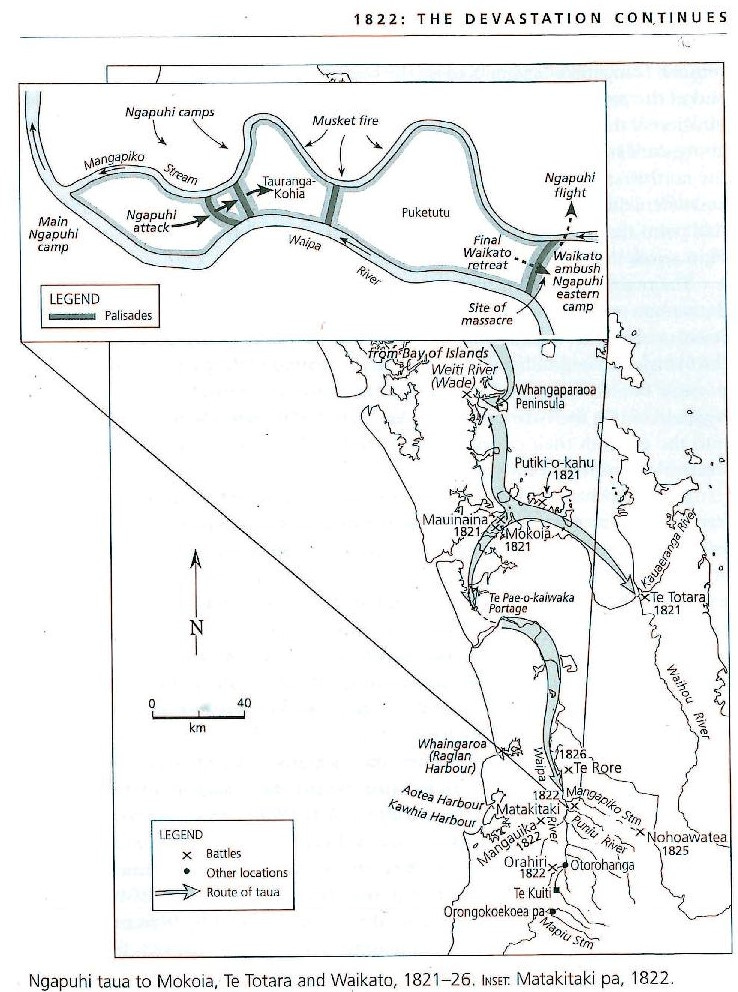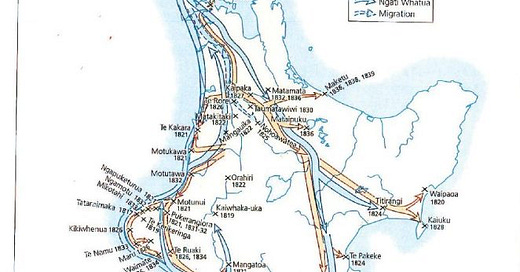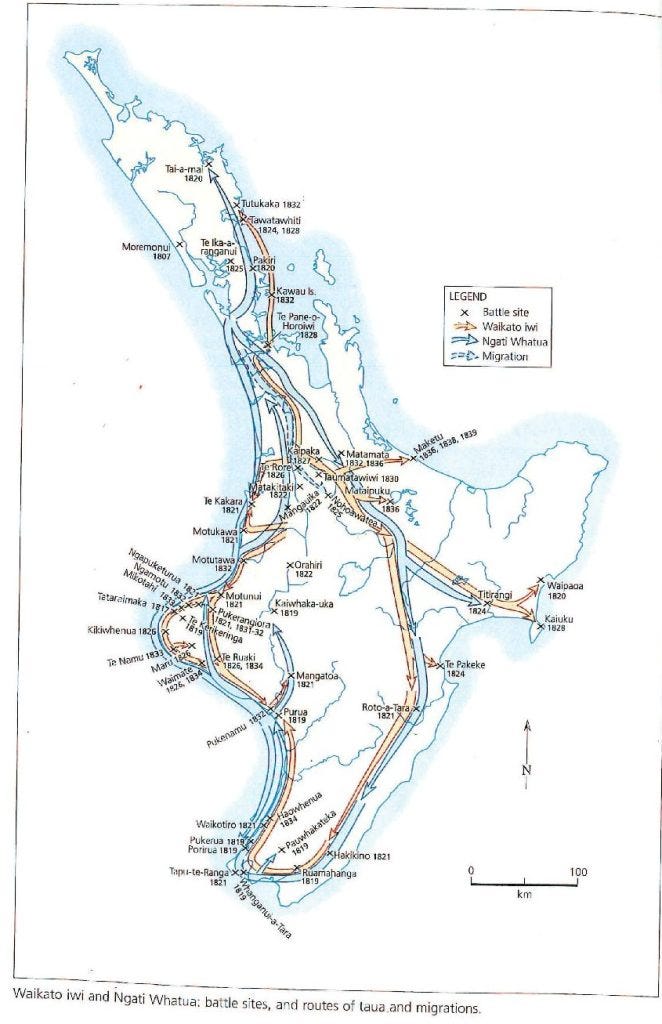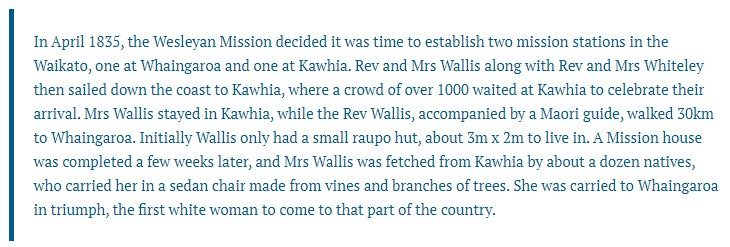Prelude to the industrial revolution: Germany and the Netherlands. And happenings in Waikato 1800 to 1840s: my notes
From my notes on Germany 1648 to 1806:
‘Every house was a miniature factory’ Simon Winder, Danubia, p142.
‘The hometown artisan [craftsman] ordinarily sold his own products, on the same premises where he produced them’ Mack Walker, German Home Towns, 1648-1871. p77.
By my calculations, a typical German town had a population density of about 1,500 people per km2 within the walls.
Because there is so much happening in this time period, my comments are a bit disjointed, and subjects do not flow from one to another. German and Dutch notes are as text, while the New Zealand references are mostly images. These notes are a snapshot in time to provide a reference to the start of change within/near cities and the movement of people in/from the Waikato.
German history ‘is local not generalized’ (Walker p326). German states were made up of mini-states, ecclesiastical territories, and free cities (Simon Winder, Danubia, p299) whose borders had been traded for centuries. When you read the word ‘law’ in this post, it not easy to know how much of German any given law applied to. In the Netherlands, ‘Cities were economic units in their own right: they established their own policies, including tax rates and customs duties. Their gates were put to more uses than just defence ... to be Dutch meant to be locally-minded’ (Cor Wagenaar, Town Planning in the Netherlands since 1800. p48).
The ‘Central Commission for the Navigation of the Rhine’ (CCNR) was established between 1803 and 1815 ‘with responsibility for centralising the tolls levied on vessels using the Rhine so that these could be used to improve navigability and the state of the towpaths’ making this route more reliable and predictable (history of CCNR ). ‘In 1816, the first Rhine steamer, the Prince of Orange, chugged upstream from Rotterdam to Cologne, inaugurating the age of coal and iron (p3) ... belching so much smoke and soot that it looked like a moving volcano to those who witnessed its arrival’ (p36) (The Rhine: An Eco-Biography, 1815–2000 by Mark Cioc). For the British, ‘The first steamship, the English paddle steamer Defiance, reached Cologne on June 12, 1816 ... With the appearance of the first steamships on the Rhine, a comfortable and fast means of transport was created for travellers’.
The first German steam rail line was opened between Nuremberg and Furth (6km) in 1835 (6km). The first long-distance railway was the Leipzig-Dresden (117km), completed in (1839). In 1839, the first Dutch rail line opened between Amsterdam and Haarlem. Lines reached The Hague and Utrecht in 1843, and Rotterdam and Arnhem in 1847 (p127). In England the 50km Liverpool to Manchester rail line had opened in 1830 (Link). In 1848, ‘The creation of the Haarlemmermeerpolder [land reclaimed from water] ... introduce[d] steam power. Using windmills, it would have taken 33 months to empty the lake, whereas with steam power the work was done in only 14 months, and it even proved to be less expensive’ (Cor Wagenaar, Town Planning in the Netherlands since 1800 p102)

‘The year 1806 marked the end of two centuries of republican rule in the Netherlands ... Louis Napoleon [younger brother of Bonaparte] embarked on a modernization campaign ... [to make] the state’s income, taxation of the land and its products, more efficient and transparent ... [introduced the] metric system that replaced local measurements of distance, volume, and weights ... [and] all men were to be considered equal, a new, unified way of registering family names was introduced and has survived ever since’ (P97 Wagenaar).
From about 1810s onwards, German state Home law developed out of a conflict between two principles that had become contradictory: first, that man has a right to live and better himself, and must do it somewhere; second, that the social community has a right to defend itself against dissolution [or opposite to restraint] (p348), and people of “bad reputation”. Note: A person’s reputation is bad “when the town council and community deputies agree that it is” (p303). Towns believed an 1819 constitution guaranteed that communities the right to decide whether to accept a new member (p303). An 1826 State law said ‘Every citizen must belong to some community as a citizen or legal resident’ (p300) ... merchants were enabled to compete freely with guildsmen everywhere: no more ban mile. Factories were freed of local jurisdiction ... they came under provincial [non-urban] oversight ... orders enabling them [the state] to force unwanted citizens on any community (p302). Towns ‘argued that good men were always voluntarily accepted ... the legal point then was whether and when a community might reject an applicant (p303) or who has ‘legal responsibility for poor support’ (Walker p350).
City Walls - ‘The military genius of Napoleon had demonstrated that defence strategies based on fortified cities had lost their effectiveness’. (Cor Wagenaar, Town Planning in the Netherlands since 1800. p108) ‘City walls came down in a “deluge” between 1791 and 1815, because ... Napoleonic era reforms brought new legal structures and definitions of the city ... Cities boundaries were defined legally rather than physically ... 350 German cities lost their military fortifications between the start of the French Revolution and the end of the Napoleonic Wars’. (Kristin Poling, Germany’s Urban Frontiers, p5).
There were many more white men living in the Waikato then than is perhaps now recognised. In 1859 at Whatawhata, Hochstetter the Austrian geologist found “C. L. Struss, a native born Austrian, formerly a Government official in Trieste. He had been living among the natives for the past twenty years and married a Maori princess, a near relative to King Potatau ... [the Struss’s] acquired a considerable fortune by dealing in corn ... John Cowell lived at Te Rore, at the limit of the navigable part of the Waipa River. He was a very early pakeha Maori in the Waikato, perhaps the first, and was married to a sister of Toetoe, a chief at Rangiaowhia, He kept a store and gave refreshment to travellers ... Half-way between Te Rore and Kopua, lived Turner, an old seaman, who in 1928 had been shipwrecked at the mouth of the Waikato. “He was married to a Maori woman, who had borne him eleven children ... At the junction of Puniu with the Waipa, lived Louis Hetet, a Frenchman, who, coming to New Zealand on a whaling expedition, was so charmed with what he saw that he returned from France with stock, seeds, tools and farm implements to make his home amongst the Maori. This would be before 1830. The descendants of his union with a well born Maori, are well known and respected in the King Country today.
‘Cities were economic units in their own right: they established their own policies, including tax rates and customs duties. Their gates were put to more uses than just defence’ (Wagenaar p48). The Dutch city of ‘Leeuwarden replaced the last parts of its fortifications by parks and new road (p107) ... Although the city lost its fortifications; it was still fenced off from the surrounding countryside’ (Wagenaar p110). Leipzig - ‘in 1824 ... with permission from the Saxon king, the city eliminated the night time closure of its gate (Poling p27) ... listing the names of those admitted through the gates, along with their places of accommodation in the city ... the notices [listing] were organized by gate and hour of arrival ... the place where visitors registered shifted from the inner to the outer gates (suburban edge) in 1839, the practice of publishing this list of names in the daily paper continued. (Poling p29)
A German ‘law of April, 1828, ordered that all citizens must become members of communities, either as legal residents with the right to live there, carry on a trade, and claim poor support; or as full citizens, with right to vote as well and share in community property. Thus resident status, now belonging to everybody ... A community was legally bound to admit a new member ... no one could be excluded on the grounds that the community, or the trade, was overpopulated’ (Walker p304).
A licensed tradesman might have as many employees as he wished, might locate where he chose, and buy and sell wherever it suited him - 1826 (p298)
Merchants were enabled to compete freely with guildsmen everywhere: no more ban mile – 1828 (p302)
Factories were set up outside the wall (p332)








